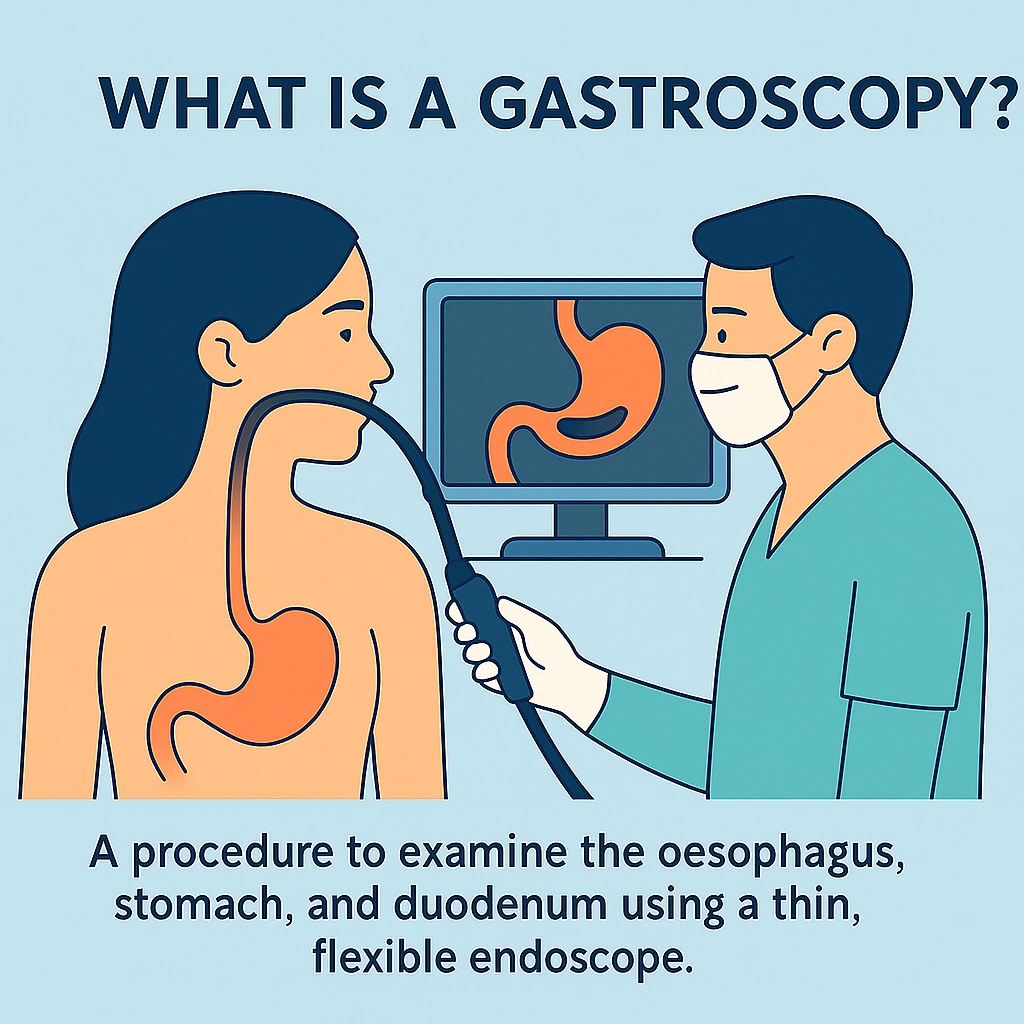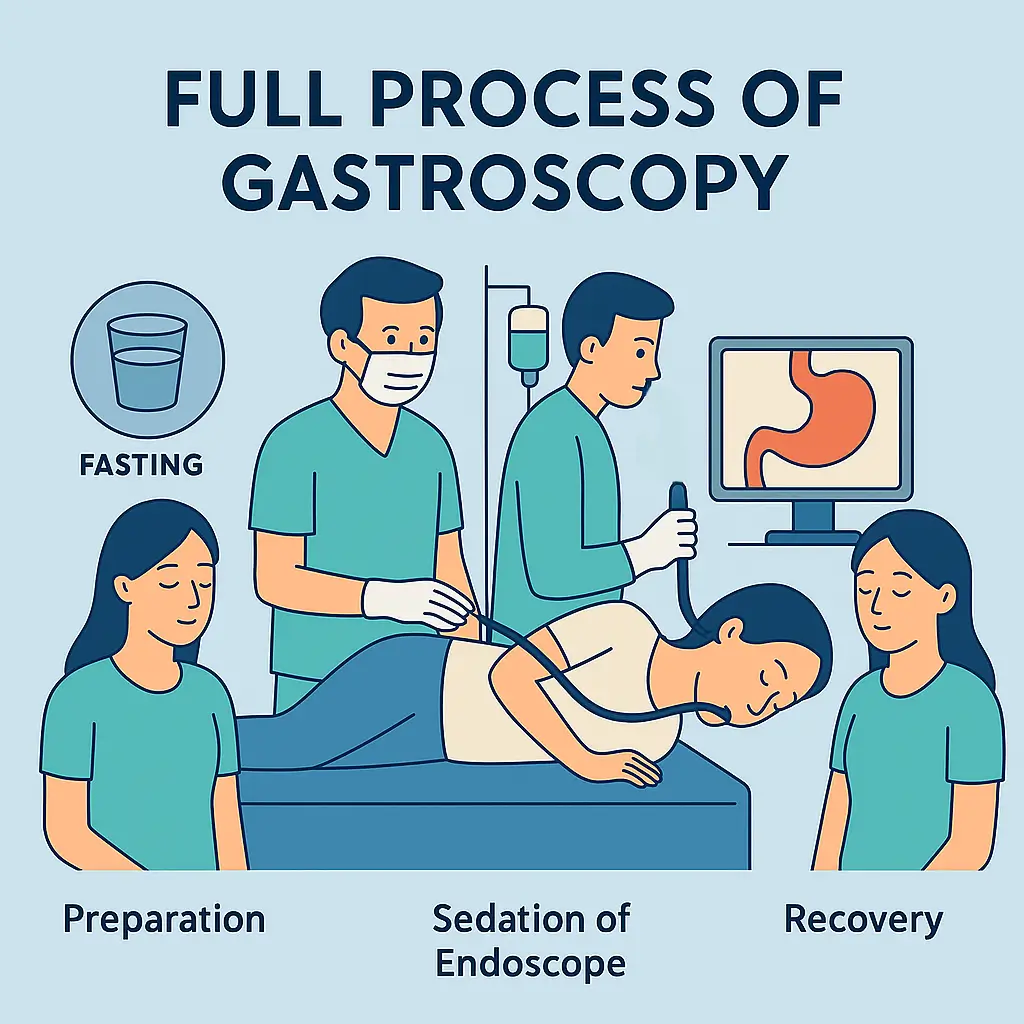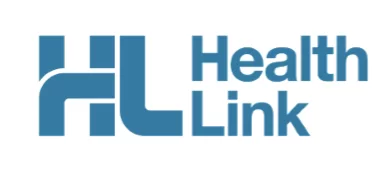Gastroscopy
Investigating Upper Digestive Symptoms with Confidence and Care
Let’s explain what a gastroscopy is, why you might need one, and how we make it easy for you.
What is a Gastroscopy?
- Heartburn or reflux that keeps coming back
- Stomach ulcers or soreness
- Coeliac disease
- Pain in your upper tummy
- Trouble swallowing
- Nausea or vomiting
- Bleeding, anaemia, or weight loss with no clear reason
This process takes about 10 minutes and is very safe. After the procedure, the anesthetic drug wears off very quickly and you are given something to eat and drink. Once your review is done by the doctor and you discuss the examination findings and the follow-up plan you are allowed to go home.

How We Support You
At South East Gastroenterology & Endoscopy clinic, we’re here to make the whole process simple and stress-free. Explore how we can assist you at each step of your journey:

Listening to You
We take time to hear about your symptoms and health history. Dr Desmond will explain if a gastroscopy is the right step and answer your questions.

Comfortable Procedure
We are set up to keep you at ease. We use light sedation so you’re relaxed and don’t feel any pain during the gastroscopy.

Clear Answers & Next Steps
Afterwards, Dr Desmond will explain what he found in a way that’s easy to understand. If you need treatment, we’ll plan it together.

Help When You Need It
We’re here after the procedure too, with advice and support. We’ll also work with your GP or other doctors to keep your care smooth.

Full Process of Gastroscopy
When the patient is asleep a flexible tube about 70cm long and about 9mm in diameter is passed through the mouth and down the oesophagus, passing through the stomach and ultimately reaching the duodenum (start of the small intestine) Throughout the procedure images of the lining of the upper digestive tract are seen in real time on a television screen.
Lesions such as ulcers, polyps, cancers, inflamed areas and abnormal veins, among other things, can be seen. lf necessary, lesions can be sampled by taking a biopsy (a small “pinch” of tissue) to be sent to the lab and examined under a microscope. Some lesions can be completely removed with a snare (a wire loop). lt is also possible to undertake procedures to stop bleeding lesions such as ulcers and abnormal blood vessels.
A standard diagnostic gastroscopy (examining to find a cause for symptoms) takes about 10 minutes and is very safe. After the procedure the anaesthetic drug wears off very quickly and you are given something to eat and drink. Dr Desmond will review you before you go home and discuss with you the examination findings and the follow up plan.

Book Your Gastroscopy Today
Frequently Asked Questions
Is gastroscopy painful?
How long does it take?
How Do I Get Ready?
Getting ready for a gastroscopy is no big deal, but it’s important. You’ll need to stop eating and drinking for 6 hours before so we can see everything clearly. We’ll send you simple instructions, including what to do about any medicines. If you’re not sure about something, just ask us.
What do I need to do to prepare for a Gastroscopy?
Please don’t bring any valuables with you. Wear loose/comfortable clothing as you will be required to change.
Bring your private insurance and Medicare details with you.
What happens on the day of the procedure?
Please arrive at the hospital/day procedure centre at your required time.
Feel free to bring something to read or do as your arrival time is not the procedure time. You need to check in and change into a hospital gown, which can take some time. ln addition the time taken for the cases ahead of you can vary depending on complexity, so the exact procedure time is unpredictable. Whilst our best intentions are for you to not wait too long, each procedure is unique and sometimes a person on the list in front of you will have an unexpected finding which may prolong their procedure time and your wait.
You can expect to be at your hospital/day procedure centre for approximately 3-4 hours from arrival time to departure. Sometimes this is much faster, and we can call your “pick up” person when you are ready to go.
Once in the examination room, the anesthetist will administer a sedative agent to make you sleepy and comfortable. lt is not a general anesthetic, but almost all patients are unconscious and have no recollection of the procedure. Occasionally some patients momentarily rouse and may have some recollection of the event. lt is not generally painful.
The time taken to complete the procedure varies but is generally around 5-10 minutes.
Depending on the findings, biopsies (samples) may need to be taken, or polyps (small growths of the upper gastrointestinal tract lining) may be removed.
What happens after the Gastroscopy?
After the procedure you will be taken to the Recovery Area until any sedation wears off – it’s not uncommon to have some bloating after the procedure or a sore throat. These will both pass over a short time. When you are awake, Dr Desmond will visit you and explain the results of the examination to you. Follow-up arrangements will be made if necessary.
You will be given discharge instructions.
After you have had something to eat and drink you will be able to go home. You are not allowed to drive home, ride a bike or operate dangerous machinery for the rest of the day/night. Do not sign any legal documents or drink alcohol during that same period of time. On the morning of the following day you may resume all normal activities.








